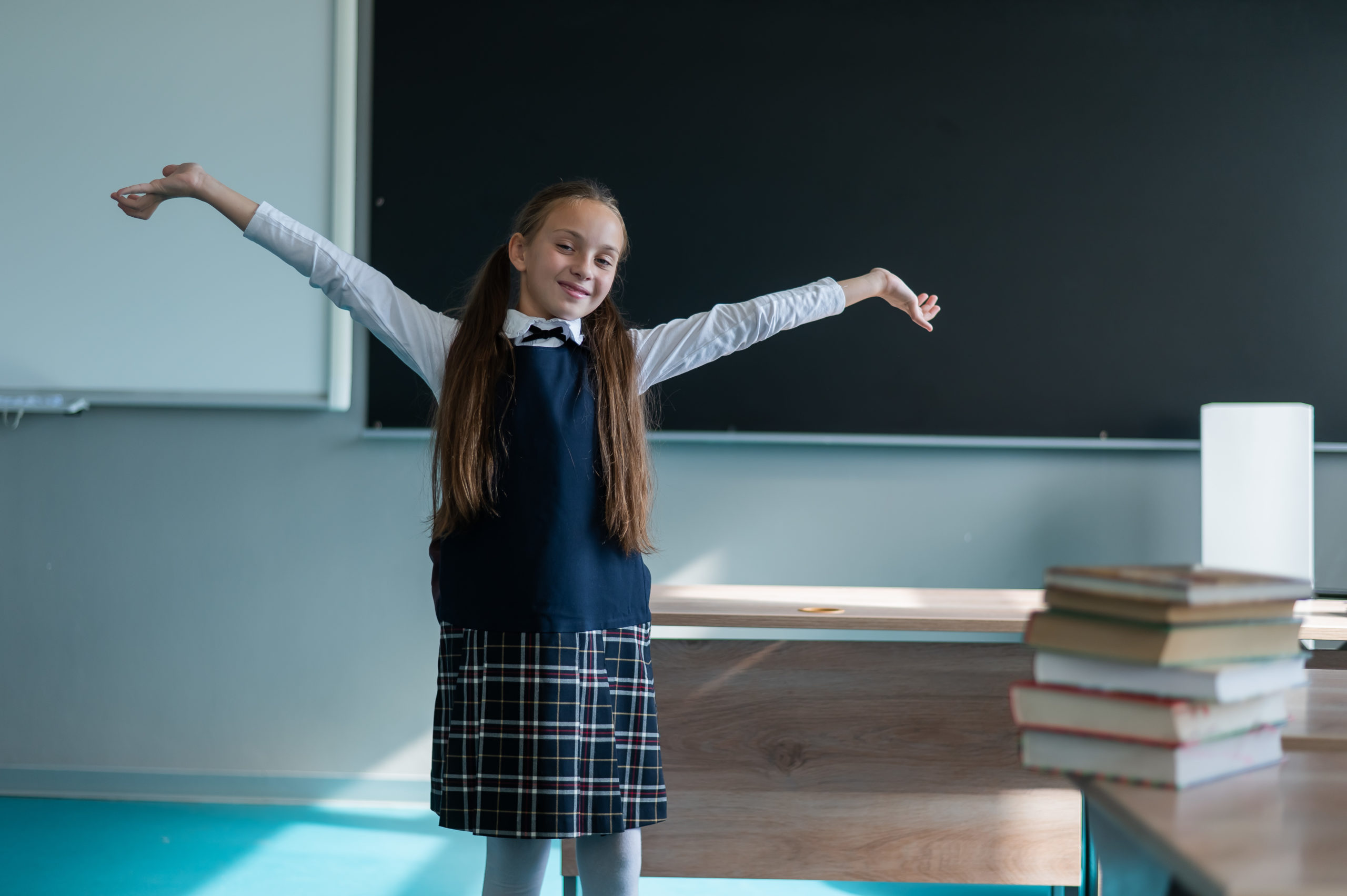Children and teens today face unprecedented cognitive demands. Whether it’s switching between subjects, navigating digital platforms, managing social pressures, or processing a fast-paced information flow, their days are full—and their brains are often overloaded. In this context, the humble break becomes a powerful tool for wellbeing, learning, and development.
Recent research confirms what many teachers and parents intuitively sense: young people need structured pauses throughout the day to regulate their attention, emotions, and energy. These moments of rest—sometimes called micro-breaks—are brief (typically between 30 seconds and 5 minutes), but they have lasting effects. When woven into the natural rhythm of the school day, they can dramatically improve focus, reduce stress, and foster emotional resilience.
Why Micro-Breaks Matter
Micro-breaks allow the brain to process information, reset its working memory, and reduce the buildup of stress hormones. They offer a physical and mental reset, particularly valuable after intense focus or social activity. In a 2014 diary study, Zacher et al. found that short breaks throughout the day improved not just concentration, but also emotional wellbeing and job satisfaction—insights that translate well to educational settings, especially with the rising awareness of student burnout.
Even a minute or two of movement, silence, or deep breathing can lower physiological arousal and improve self-regulation (Kühnel et al., 2016). In primary schools, teachers have introduced “quiet corners,” sensory resets, or transition rituals such as group stretching or brief visualization exercises. These rituals help children shift gears more smoothly and maintain emotional balance—particularly useful for neurodivergent learners who may be more sensitive to environmental overstimulation.
Importantly, micro-breaks do not detract from academic learning. In fact, they protect the brain’s ability to retain and use new information. Studies show that short, frequent breaks improve memory consolidation, especially when breaks occur just after learning rather than only at the end of long sessions.
Supporting Teen Brains with Structure
Adolescents face a different but equally important set of cognitive challenges. As their brains develop—particularly the prefrontal cortex responsible for planning, emotional control, and attention—they benefit greatly from time management tools that support sustained focus without overload.
One approach gaining attention is the Pomodoro Technique, a time-management method that alternates 25-minute blocks of focused work with 5-minute breaks. Originally developed by Francesco Cirillo in the 1980s, the method has been adapted in educational contexts to help teens balance screen time, revision sessions, or homework blocks.
Students who used Pomodoro timers reported increased concentration, better time awareness, and lower stress. For teens struggling with procrastination or distractibility—especially common in our digitally saturated environment—structured work-rest cycles offer a gentle, empowering routine. Over time, they also support the development of metacognition: the ability to observe one’s own learning process, adjust strategies, and set realistic goals.
While the Pomodoro approach may not suit every learner, it is one of several tools that illustrate a broader point: breaks are not interruptions, they’re part of the learning process. When used mindfully, they foster intrinsic motivation and emotional regulation.
Making Breaks a Cultural Norm
The key to effective breaks is not just when they happen, but how they’re framed. If seen as a reward for finishing work—or worse, as a sign of weakness—they can reinforce unhealthy work habits. But if integrated into the culture of the classroom or home as a proactive support for attention and emotional health, they become an essential part of the learning environment.
For younger students, breaks can include physical movement, sensory play, or nature-based pauses like watching clouds or listening to birdsong. For older students, reflection prompts, music, or digital-free moments can help reset focus. Even the simple act of standing up and stretching can reduce cognitive fatigue and increase alertness.
Ultimately, the practice of pausing teaches young people that attention is not a constant, infinite resource. It ebbs and flows—and we can learn to manage it with intention. This message is vital not only for academic success, but also for lifelong mental health.
References
- Zacher, H., Brailsford, H. A., & Parker, S. L. (2014). Micro-breaks matter: A diary study on the effects of energy management strategies on occupational well-being. Journal of Vocational Behavior, 85(3), 287–297. https://doi.org/10.1016/j.jvb.2014.08.005
- Kühnel, J., Zacher, H., De Bloom, J., & Bledow, R. (2016). Take a break! Benefits of sleep and short breaks for daily work engagement. European Journal of Work and Organizational Psychology, 26(4), 481–491. https://doi.org/10.1080/1359432x.2016.1269750
- Dewar, M., Alber, J., Butler, C., Cowan, N., & Della Sala, S. (2012). Brief wakeful resting boosts new memories over the long term. Psychological Science, 23(9), 955–960. https://doi.org/10.1177/0956797612441220
- Cirillo, F. (2006). The Pomodoro technique. http://friend.ucsd.edu/reasonableexpectations/downloads/Cirillo%20–%20Pomodoro%20Technique.pdf

